VITA Zahnfabrik
H. Rauter GmbH & Co. KG
Spitalgasse 3
79713 Bad Säckingen

Efficient, monolithic restoration of the front teeth using XT zirconia
For high-strength, monolithic anterior tooth restorations, there is now extra-translucent, polychrome zirconia that achieves a level comparable to that of glass ceramic, in terms of light transmission and play of colors. The VITA YZ XT multicolor blanks (VITA Zahnfabrik, Bad Säckingen, Germany) are representative of this new generation of exceptionally translucent, esthetic zirconia. In order to restore the esthetic zone on both a monolithic and individual level, coloring liquids are sometimes used to reproduce the specific color characteristics for the depth of natural dentition. In the following case, the dental team consisting of Dentist Dr. Manuel Ruiz Agenjo (Santander, Spain) and Francisco Pérez (Manager of the Fresdental Milling and Training Centre, Pedreguer, Alicante, Spain) demonstrates how they were able to restore a patient's central front teeth efficiently, precisely and above all, esthetically using extra translucent zirconia and ideally matched shading liquids, thanks to an expertly matched material system.
1. Patient case and material selection
A 51 year old male patient came to the dentist's office because he was unsatisfied with the esthetic appearance of his middle upper incisors. The clinical examination revealed lifeless and misshapen crowns with insufficient, visible metal edges. The new restoration was to be implemented efficiently, using CAD/CAMproduced monolithic crowns, made from the extra-translucent zirconia VITA YZ XT. The restoration was colored individually, using the ideally balanced VITA YZ SHADE LIQUIDS coloring liquids, in order to reproduce the natural play of colors, and customize for the needs of the patient.
2. Clinical steps
A great deal of emphasis was placed on detailed analog preparations, in order to ensure precise and efficient digital implementation. After local anesthetic was applied, the tooth shade D2 was determined using the VITA classical A1-D4 shade guide. The two crowns were then slit and removed. The stumps were carefully prepared. Careful attention was paid to defining clear preparation margins and round preparation moulds suitable for ceramics, so as not to create any stress peaks in the restoration. In order to reach all relevant areas with the one-step A-silicone impression, the gingiva was held with retraction threads and Teflon tape. The master models were produced and scanned, based on the impression.
3. CAM fabrication and coloring
The digital construction of the monolithic crowns was done using the exocad software (exocad, Darmstadt, Germany). Afterwards, the crowns were milled from a VITA YZ XT multicolor round in the Fresdental production and training center with the CAM unit CORiTEC 250i (imes-icore, Eiterfeld, Germany), and ultimately finished manually. The next step was to color the crowns with the VITA YZ SHADE LIQUIDS. The coloring liquid in the shade D3 was used to intensify the base shade and to increase the chroma in the cervical third. VITA YZ EFFECT LIQUIDS Orange (incisal), Grey and Blue (central), as well as Pink (lateral and incisal) were used for further characterization of the central and incisal area. In the last step, sintering then followed in the VITA ZYRCOMAT 6100 MS (VITA Zahnfabrik, Bad Säckingen, Germany). Since only tested raw materials are used for VITA YZ blanks, the sintering shrinkage is precisely determined for each batch, and the blanks have a homogeneous microstructure, thanks to subsequent isostatic compaction, resulting in a precise fit of the crowns.
4. Final result and conclusion
After surface texture was incorporated with rotating instruments and polishing, the crowns were coated with a glaze firing. During the clinical try-in, the patient and the dentist were very satisfied with the results, and the crown were attached with a self-adhesive. Thanks to the minimal, tooth-conserving post-preparation and monolithic reconstruction, the patient was treated very efficiently. The restorations made of polychrome and extra-translucent zirconia integrated harmoniously into the dental arch, showed natural light transmission, and, thanks to the coloring, exhibited all the individual color characteristics.
Report 04/20
Dentist Dr. Manuel Ruiz Agenjo Santander, Spain and
Francisco Pérez, Manager Fresdental, Pedreguer, Alicante, Spain
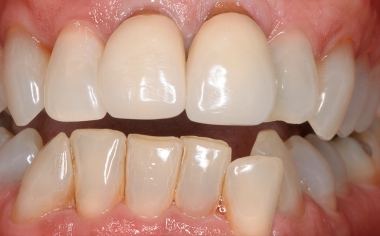
INITIAL SITUATION The initial situation with lifeless and insufficient metal-ceramic crowns on 11 and 21.
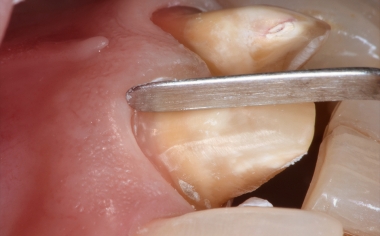
Fig. 2 During the preparation, a precise preparation limit and all-ceramic design was achieved.
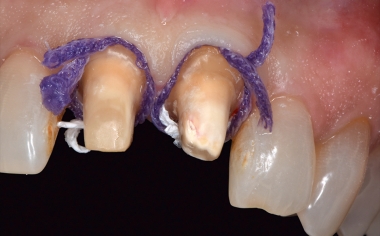
Fig. 3 The gingiva was retracted with threads and Teflon to cover all relevant areas during the impression making process.
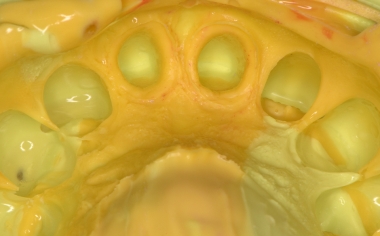
Fig. 4 The impression with A-silicone was done at one time with Light and Heavy Body.
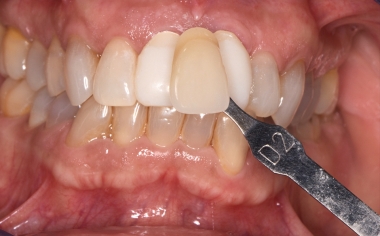
Fig. 5 Digital photographs with the selected shade guide were taken for the laboratory.
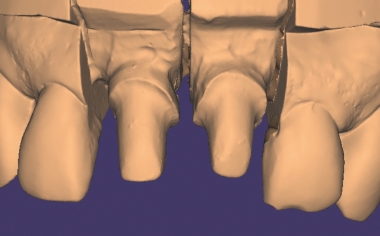
Fig. 6 The master model produced was digitalized using the lab scanner.
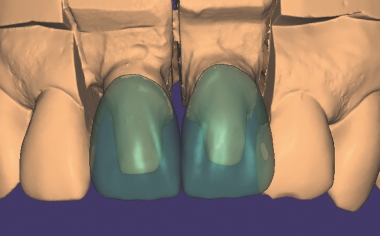
Fig. 7 In the exocad CAD software, crowns were constructed on stumps 11 and 21.
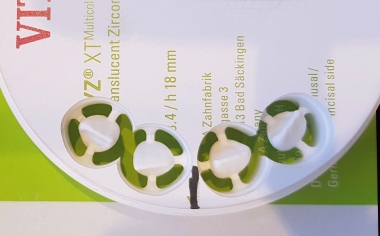
Fig. 8 The two crowns were milled out of the polychrome VITA YZ XT Multicolor.
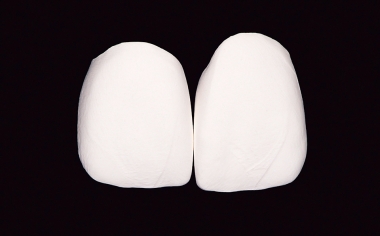
Fig. 9 After the manual finishing process, the crowns could be individualized in color.
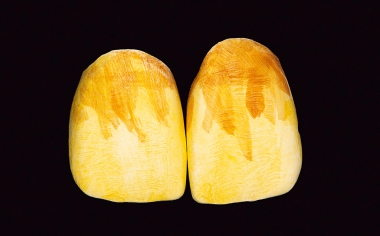
Fig. 10 The basic color and the chroma in the cervical third were intensified with D3 coloring.

Fig. 11 VITA YZ EFFECT LIQUIDS Orange was used for incisal infiltration.
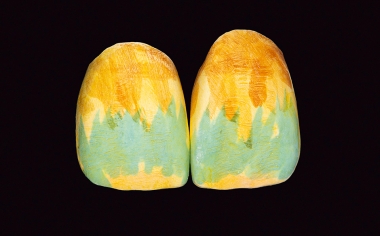
Fig. 12 VITA YZ EFFECT LIQUIDS Grey and Blue were used for central characterization.
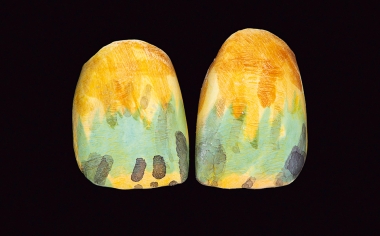
Fig. 13 Lateral and incisal characterization using VITA YZ EFFECT LIQUIDS Pink.
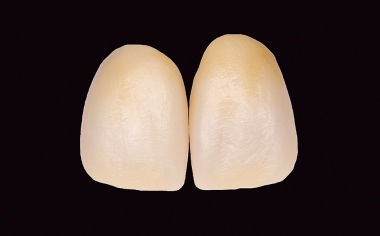
Fig. 14 The results immediately after sintering in VITA ZYRCOMAT 6100 MS.
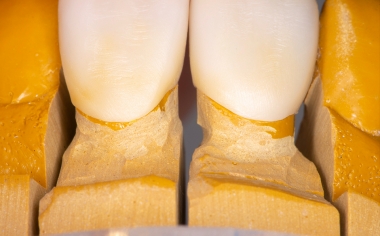
Fig. 15 During the check, the model was a perfect fit.
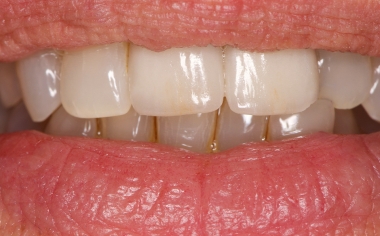
RESULT The two crowns fit harmoniously into the natural dental arch and look absolutely natural.